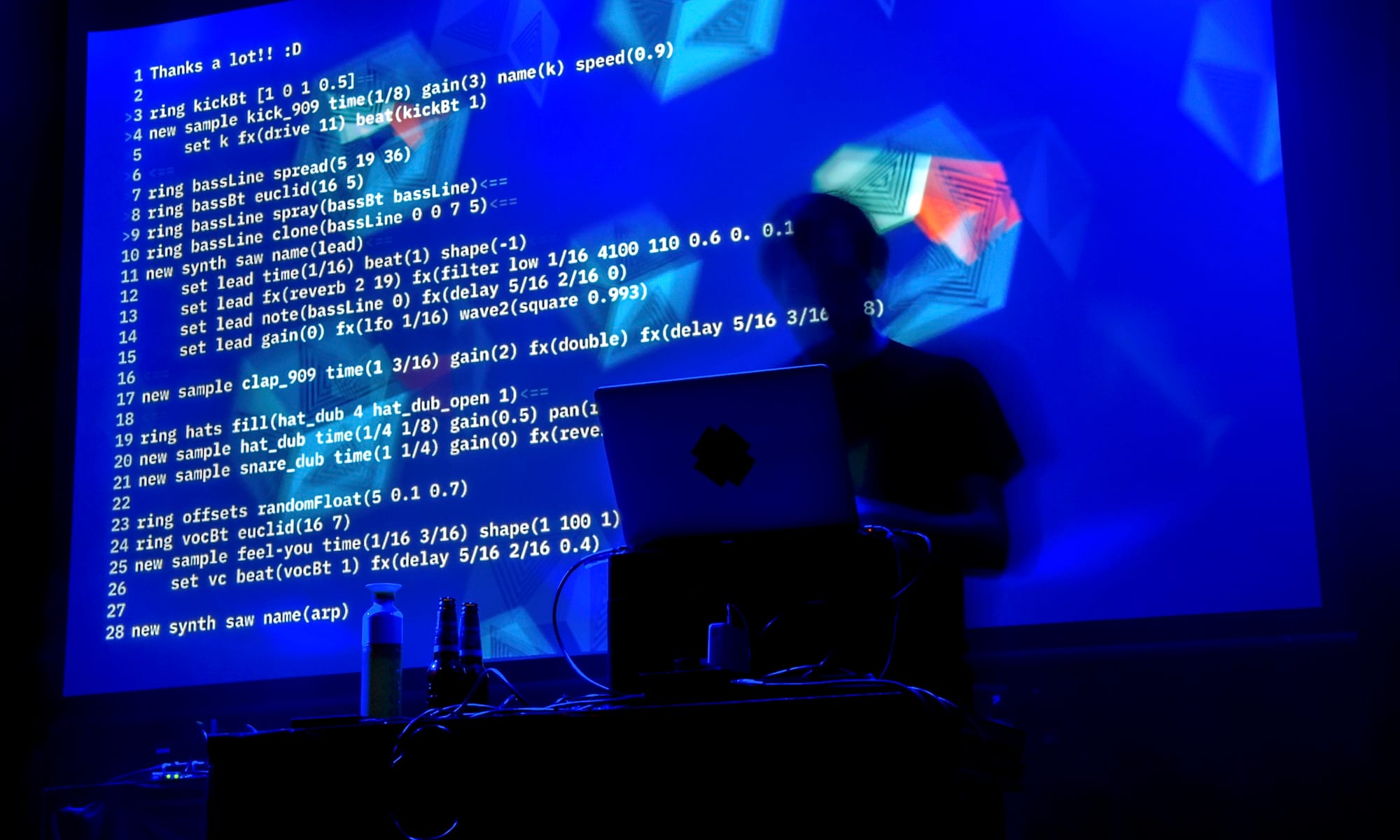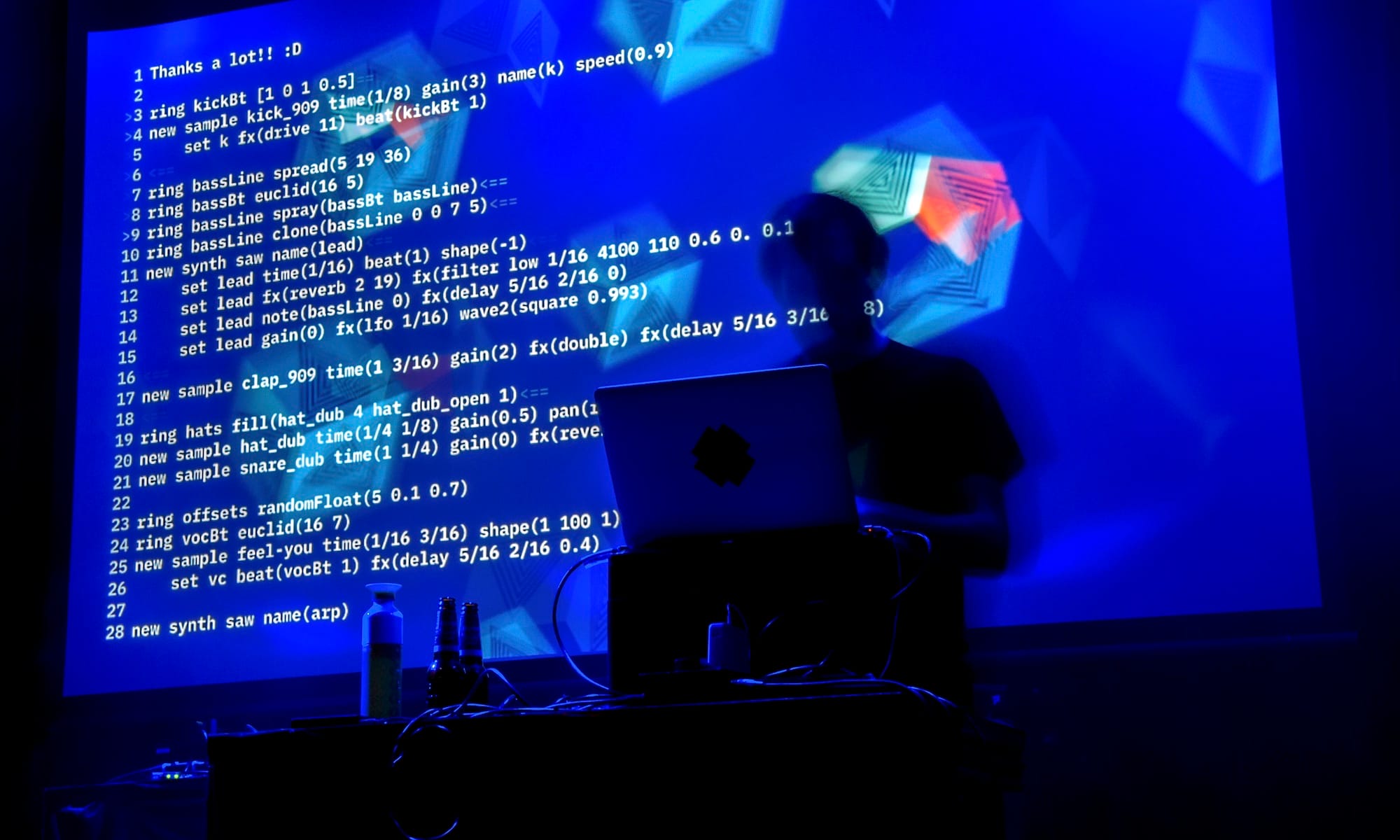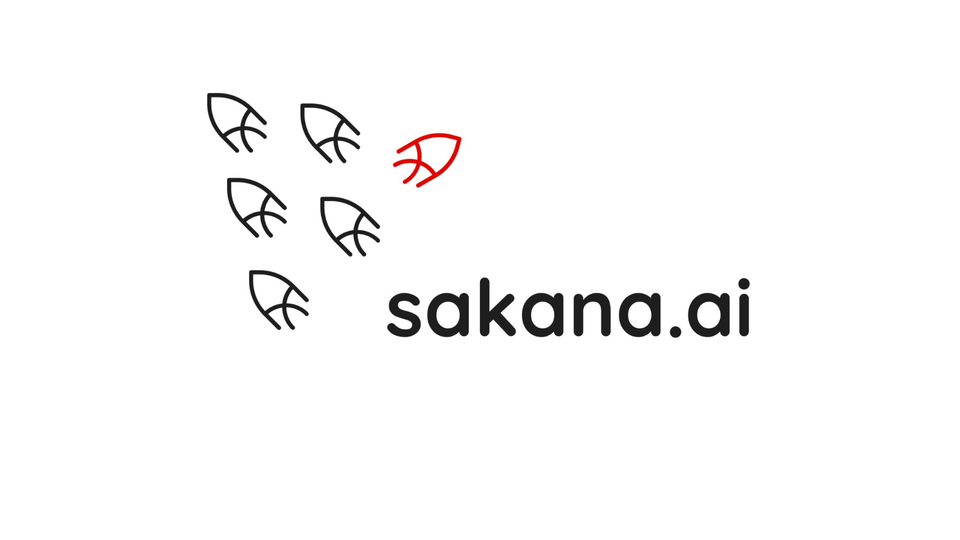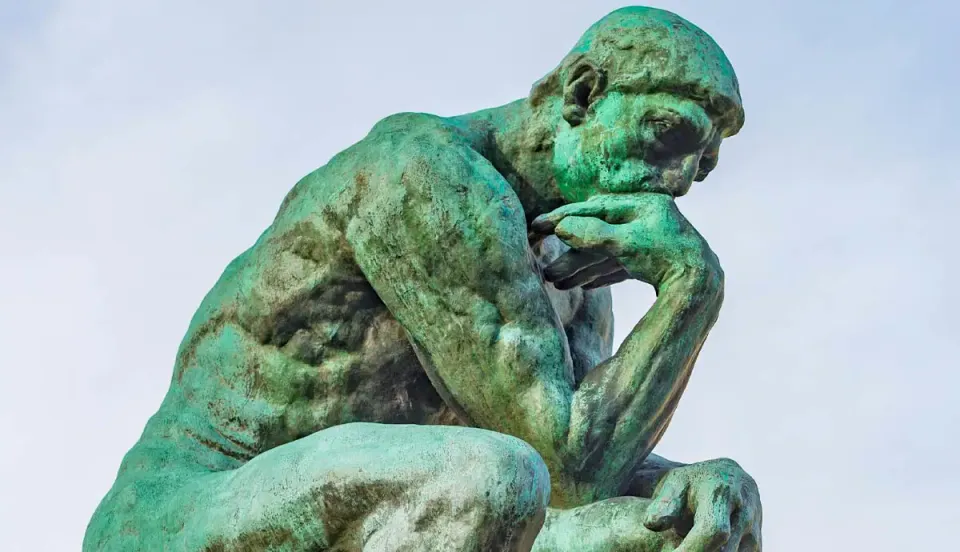Live Coders: The Vanguard of Real-Time Programming Revolutionizing Digital Art
Live coding merges real-time programming with performance art, where artists like Alex McLean and Alexandra Cárdenas create digital music/visuals using open-source tools (TidalCycles) in collaborative communities (TOPLAP).

In the dim glow of a Brooklyn warehouse, Sarah Davis—known by her alias DJ_Dave—types lines of code into a flickering terminal as strobe lights slice through the haze. Across the Atlantic, Alex McLean (Yaxu) manipulates algorithms in Sheffield’s underground venues, generating hypnotic rhythms that blur the lines between mathematics and art. These practitioners of live coding, a performative programming discipline, are redefining creativity in the digital age by composing music and visuals through real-time code manipulation. Their tools? Open-source software, custom-built algorithms, and an ethos that transforms programming from a technical skill into a visceral, collaborative art form.
What Is Live Coding? Programming as Performance Art
Live coding—alternately termed algorave in musical contexts or on-the-fly programming in academic circles—is the act of writing and modifying software in real time during public performances. Audiences witness code projected on screens as artists manipulate variables, rewrite functions, and debug errors mid-set, creating an improvisational dialogue between human intuition and machine logic. This practice emerged in the early 2000s from experimental music communities but has since expanded into visual art, dance, and interdisciplinary installations.

Core Principles and Cultural Significance
- Transparency: Unlike traditional DJ sets or concerts, live coding exposes the creative process. Every loop, synth parameter, and glitch is visible, demystifying how digital art is constructed.
- Imperfection as Aesthetic: Crashes, syntax errors, and unpredictable outputs are celebrated. As Shawn Lawson (Obi-Wan Codenobi) notes, “The edge of danger—the risk of total system failure—makes it thrilling".
- Anti-Commercial Ethos: Most live coders use free, open-source tools like TidalCycles or SuperCollider, rejecting proprietary software to maintain artistic autonomy.
Pioneers and Key Figures Shaping the Scene
Alex McLean (Yaxu): The Algorithmic Folklore Architect
A co-founder of the TOPLAP collective, McLean developed TidalCycles, a Haskell-based system for pattern manipulation that has become a staple in live coding. His work bridges academic computer science and grassroots art, exploring how code can embody cultural traditions. Collaborations with choreographers and visual artists have positioned him as a central figure in the global scene.
Alexandra Cárdenas: Code as Political Expression
Based in Berlin, Cárdenas uses live coding to interrogate colonialism and gender dynamics. Her performances at institutions like 42 Berlin blend Colombian folk rhythms with glitch aesthetics, while her workshops empower marginalized groups to engage with programming. “Live coding isn’t about expertise—it’s about access,” she asserts.
Nick Collins: Academic Catalyst
Alongside McLean, Collins co-initiated the algorave movement in 2012. As a Cambridge University researcher, he framed live coding as a “post-digital” practice that challenges passive consumption of technology. His theoretical work underpins many pedagogical applications of the discipline.
Tools and Techniques: The Live Coder’s Toolkit
Sonic Pi: Gateway to Accessible Code Music
Designed by Sam Aaron for educational purposes, this Ruby-based environment allows beginners to generate beats and melodies with minimal syntax. DJ_Dave (Sarah Davis) champions it as “the perfect tool to smash the elitism around coding”.
| Tool | Use Case | Notable Users |
|---|---|---|
| TidalCycles | Pattern-based rhythm generation | Alex McLean, Kindohm |
| SuperCollider | Granular synthesis & sound design | Renick Bell, Lizzy¹ |
| ORCΛ | Minimalist algorithmic sequencing | Devine Lu Linvega |
| GLSL | Real-time visual coding | Shawn Lawson |
Collaborative Systems
The Republic platform, developed by the PowerBooks Unplugged collective, enables multi-user coding sessions where artists in different locations co-write a single piece. This has fostered cross-continental collaborations, such as LiveCode.NYC’s virtual algoraves during the pandemic.

Global Communities and Grassroots Movements
LiveCode.NYC: Brooklyn’s Cyberpunk Collective
Founded by Kate Sicchio and Sarah Davis, this group hosts algoraves at DIY venues like Wonderville. Their Discord server became a hub during COVID-19, with members like Roxanne Harris and Gwen Pasquarello developing hybrid IRL/URL performances. “We’re not just making music—we’re building a lexicon for coded expression,” says Davis.
TOPLAP: Decentralized Network of Nodes
With chapters from Bogotá to Tokyo, TOPLAP (Temporary Organisation for the Proliferation of Live Algorithmic Programming) standardizes tools and curates festivals like Coding Culture. Their manifesto rejects “black box” technologies, advocating for code that is “human-readable and community-owned”.
Ethical Frontiers and Future Trajectories
Authorship in the Age of AI
While some artists experiment with GPT-4 for generative lyrics or ML-driven soundscapes, purists argue that outsourcing creativity undermines live coding’s ethos. Projects like Co-Creative Agents explore hybrid workflows where AI suggests code snippets, but humans retain editorial control.
Pedagogical Potential
Universities are integrating live coding into CS curricula. Rensselaer Polytechnic Institute (RPI) offers courses where students perform publicly, using platforms like Fluxus to visualize data structures. “It’s coding stripped of corporate jargon—pure problem-solving through art,” says Michael Century of Liveware.
Experiencing Live Coding: A Global Primer
Festivals to Explore
- Algorave (Global): The movement’s flagship event, featuring artists like Kindohm and Devine Lu Linvega.
- Grrrnd Zero (Lyon): France’s largest algorave venue, hosting avant-garde acts in industrial spaces.
- Coding Culture (Karlsruhe): ZKM’s annual symposium on code-driven art and its societal implications.
Learning Resources
- Toplap.Berlin: Workshops on TidalCycles and SuperCollider for beginners.
- Algorithmic Art Assembly (SF): Annual conference with live coding intensives.
Conclusion: Code as Cultural Praxis
Live coding transcends its technical foundations to become a radical act of cultural production. By democratizing programming and embracing imperfection, artists like Cárdenas, McLean, and DJ_Dave challenge the notion that technology must be polished or proprietary. As algoraves proliferate from Bushwick to Vaulx-en-Velin, they prove that code isn’t merely functional—it’s a medium for human connection, a canvas for dissent, and above all, a celebration of the unpredictable beauty inherent in creative computation.




